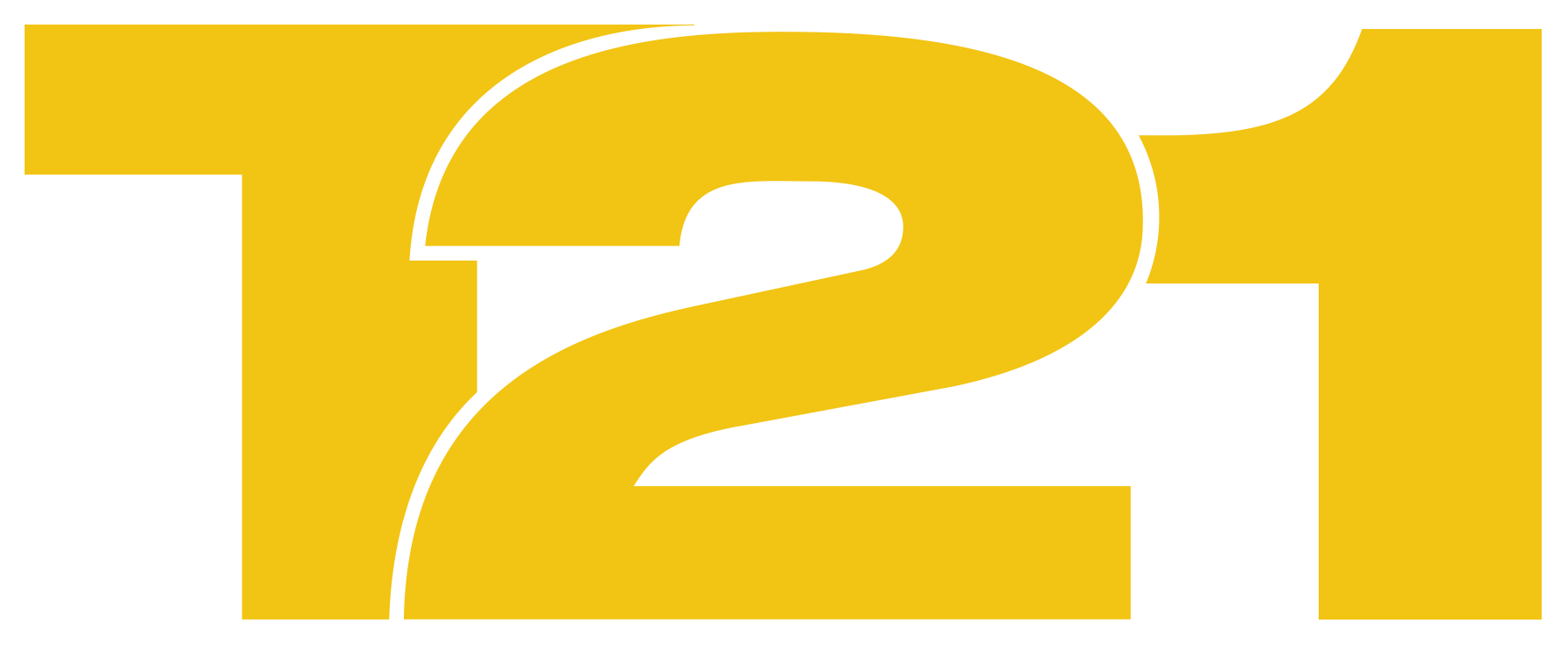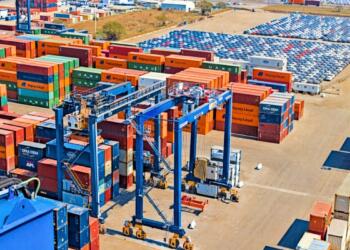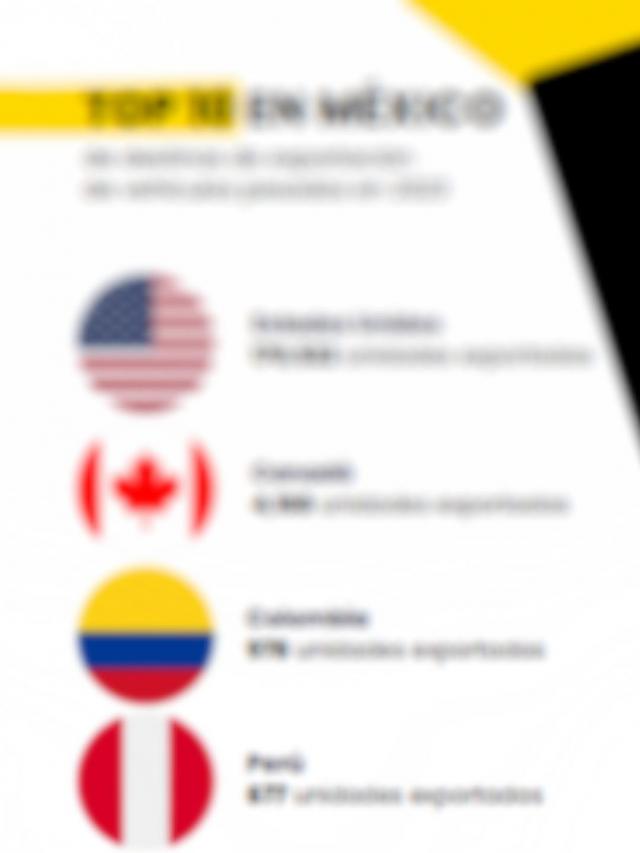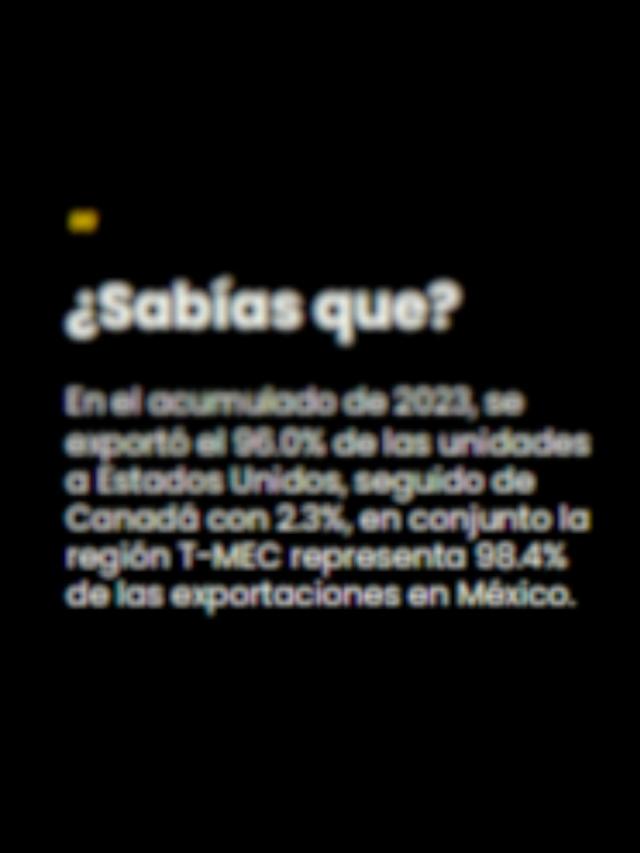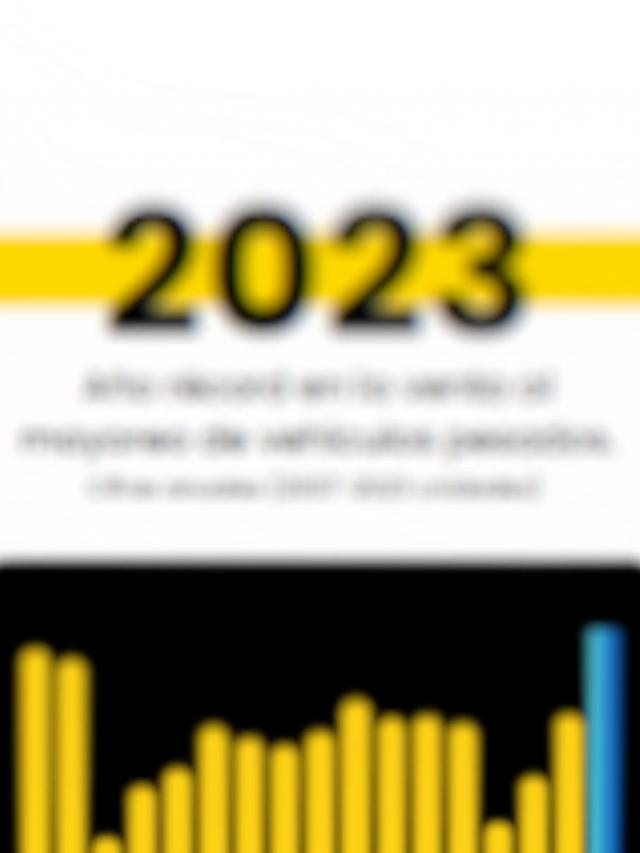
The supply chain is facing increasing pressures: port congestion, insecurity on land routes, border crossing delays, logistics inflation, and tariff tensions .
For Hellmann Worldwide Logistics, these challenges are not new, but they do require constant evolution of the operating model.
“Today, customers need much more than transportation. They need visibility, flexibility, resilience, and anticipation,” said Jesús Osuna , Hellmann’s Regional Director of Ground Freight for the Americas.
The German company has responded with a strategy that combines local talent, digitalization, and applied logistics intelligence.
One of Hellmann’s main focuses has been mitigating the effects of congestion in strategic ports, such as Lázaro Cárdenas and Veracruz, as well as in logistics hubs in Central America and the Caribbean.
“We constantly review flows, analyze equipment availability, and work with our clients to diversify their routes. Sometimes this means using other routes or storing at intermediate points to avoid slowing down their production,” Osuna explained to T21 .
Flexibility has been key, especially for automotive, consumer and technology companies that operate with just – in-time inventories .
“If there’s no adaptability in the logistics network, any incident can shut down the plant. We help redesign more resilient logistics systems,” he noted.
Another critical challenge is land transportation security , as cargo theft remains a problem in key corridors such as central Mexico and the Bajío-northern region.
“We work with certified carriers, real-time monitoring, and diversion prevention technology. Traceability isn’t a luxury; it’s an operational necessity,” Osuna emphasized.
Hellmann has invested in digital platforms that allow customers to know, at all times, the location of their cargo , the status of the unit, and any potential alerts. This visibility also improves decision-making in the event of contingencies.
On the other hand, the border between Mexico and the United States has become a logistical bottleneck due to delays at crossings and new inspection schemes, both immigration and customs.
“Sometimes a shipment can be stuck for more than 20 hours. That’s why we design solutions that take these times into account and offer alternatives, such as intermodal transport or pre-clearance,” he commented.
In parallel, trade tensions between the United States and other regions are generating new tariff risks that impact supply chains.
Faced with these challenges, Hellmann has built a regional structure with specialized leaders by vertical (automotive, pharmaceutical, technology, etc.) and an operational approach that prioritizes local knowledge.
“We have Mexican executives with regional roles who know the terrain and understand how to react quickly to any situation,” the executive emphasized.
This talent has been key to consolidating operations throughout the Americas, from Canada to Chile.
“We can respond in different countries with the same strategic vision, but tailored to each market. That makes the difference,” he said.
Osuna emphasized that, in the current context, logistics is no longer just a support area, but a competitive differentiator.
“Whoever has a more agile, secure, and connected supply chain wins market share. That’s why we invest in digitalization, network redesign, and talent development,” he emphasized.
In Mexico, Hellmann operates offices in Mexico City, Guadalajara, Monterrey, and Querétaro, where it coordinates comprehensive solutions for clients in key sectors such as automotive, pharmaceutical, retail , technology, and perishables.
They are also planning to open another office in Tijuana and Laredo to be closer to their clients.
Comment and follow us on X: @jenna_GH_/ @GrupoT21
